1. Willow Trees
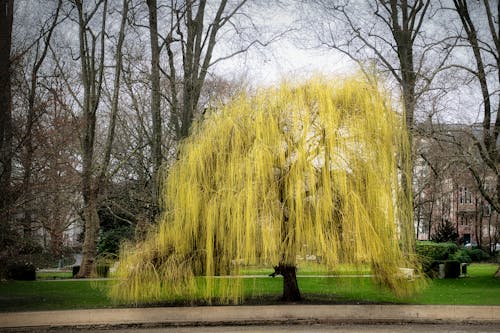
Willows look graceful, swaying with their long, draping branches. But what you can’t see is their water-seeking root system, which grows aggressively in all directions. If you’ve got a cracked pipe nearby, a willow’s roots will find it like a heat-seeking missile. This makes them one of the worst offenders near homes and sidewalks.
Their roots are shallow but widespread, which is a recipe for cracked pavement. Walkways and driveways can buckle as roots push upward. Worse, their fondness for moisture means they can destabilize soil around foundations. That mix of beauty and destruction makes willows better suited for large, open spaces far from buildings.
2. American Elm
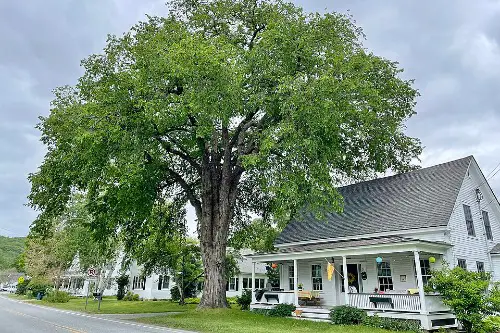
American elms are stately and elegant, often lining historic streets. Their large canopies create beautiful tunnels of shade that people love. But their root systems are vast and can extend two to three times the diameter of their crowns. That means they’re often lurking right under the sidewalks they so gracefully overhang.
Those wide-reaching roots can easily lift sidewalks and crack curbs. Over time, they also create uneven surfaces that are a tripping hazard. The roots aren’t just shallow—they’re opportunistic, sneaking into pipes and drains. It’s no wonder many cities have banned planting them near streets and walkways.
3. Silver Maple
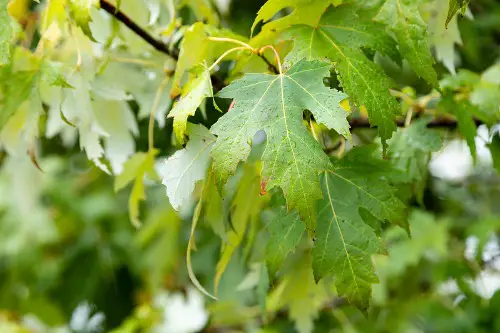
Silver maples are known for their quick growth and wide canopy, making them a tempting choice for shade. But beneath the surface, their roots grow aggressively and near the soil line. These shallow roots spread far and wide, often snaking right under sidewalks. That’s why so many neighborhoods end up with cracked pavement wherever silver maples are planted.
The problem isn’t just sidewalks—those roots can also make their way toward water lines and foundations. Because they’re so fast-growing, they can overwhelm weaker infrastructure in just a few years. Homeowners often end up with costly repairs when the roots lift concrete or invade pipes. It’s a classic case of “pretty on top, trouble down below.”
4. Poplar Trees
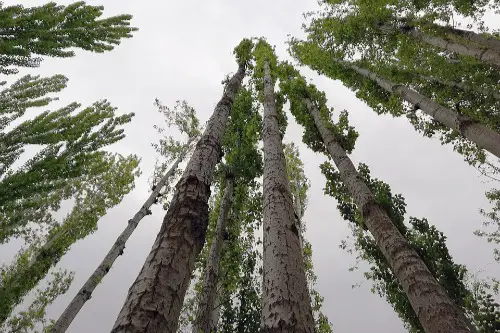
Poplars grow fast, making them appealing for quick shade and windbreaks. But with that speed comes a chaotic root system that spreads aggressively. These roots tend to be shallow and long, often creating surface-level bumps in yards. When they reach concrete, they have no problem breaking through.
Poplar roots are also notorious for finding moisture, so if you’ve got a leaky pipe, they’ll find it. Over time, their presence can destabilize foundations and cause uneven ground. Add in their short lifespan and weak wood, and they become even more of a liability. What looks like a quick landscaping win often turns into a long-term headache.
5. Sweetgum Trees
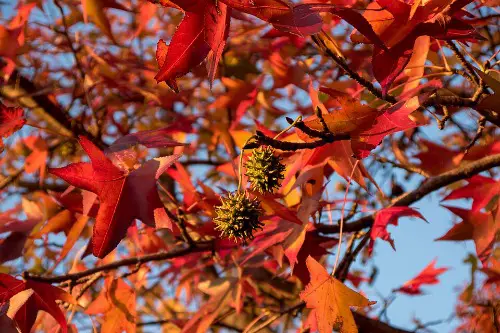
Sweetgums dazzle with their star-shaped leaves and fiery fall colors. They’re also known for producing those spiky seed balls that litter sidewalks. But the real problem lies underground, where their strong roots grow close to the surface. This shallow root system is excellent at prying up pavement.
Sidewalks near sweetgums often show buckling and cracks. The roots don’t just push upward—they also expand outward, destabilizing soil and structures. Homeowners may notice foundation issues if sweetgums are planted too close. Their beauty is undeniable, but their maintenance demands are a dealbreaker for many.
6. Norway Maple
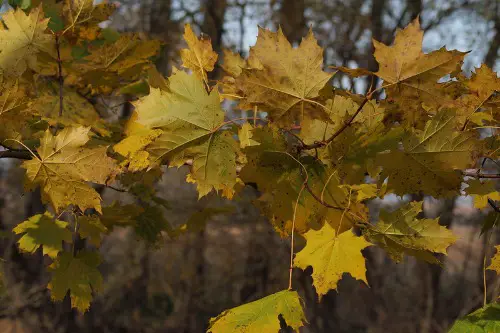
Norway maples have long been a street-tree favorite because they’re hardy and fast-growing. They thrive in tough urban conditions where other trees might fail. But their roots are aggressive, shallow, and wide-spreading, often popping up above ground. This makes them a prime suspect for sidewalk upheaval.
The problem extends beyond cracked pavement. Norway maple roots outcompete grass and other plants, making lawns patchy and bare. Their shallow growth habit means they’re constantly interfering with driveways, patios, and even foundations. City planners are now moving away from them because of their destructive tendencies.
7. Sycamore Trees
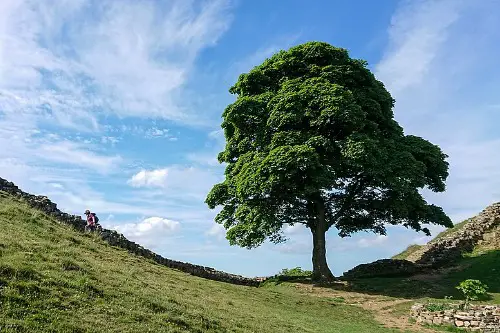
Sycamores are bold, with their mottled bark and massive leaves. They provide incredible shade, which is why they’ve been a staple in parks and streetscapes. But their roots are strong, fast-growing, and shallow enough to interfere with sidewalks. Over time, they push concrete slabs upward like wedges.
The roots can also invade sewer lines and septic systems in search of water. Because sycamores are so large, their roots extend much farther than people realize. They can easily destabilize smaller structures like retaining walls or fences. Without plenty of open space, sycamores are more trouble than they’re worth.
8. Ash Trees
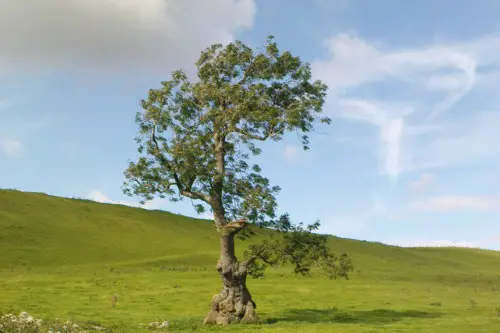
Ash trees are admired for their straight trunks and symmetrical canopies. They make excellent shade trees and grow relatively quickly. Unfortunately, their roots spread wide and shallow, creating conflicts with sidewalks. Cracks and raised slabs are common wherever ash trees dominate.
The roots can also wrap around pipes and interfere with foundations. Combine that with the fact that ash trees are now highly vulnerable to emerald ash borer infestations, and the risks pile up. Their declining health often makes their invasive roots even more problematic. Many cities are actively phasing them out from street plantings.
9. Cottonwood Trees
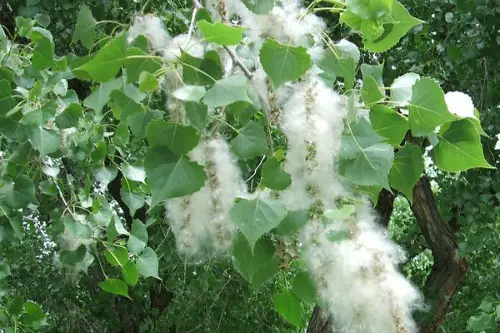
Cottonwoods grow tall and fast, often reaching impressive heights. They’re loved for their cooling shade and soft, cotton-like seeds in spring. But the trade-off is a sprawling root system that’s infamous for damaging pavement. Sidewalks near cottonwoods are almost guaranteed to buckle over time.
These trees also have a tendency to seek water, making them enemies of septic systems and sewer lines. Their roots can grow several feet above ground, making lawns uneven and hazardous. Add in their messy shedding, and they become more of a nuisance than a treasure. Cottonwoods are best admired from a distance.
10. Black Locust
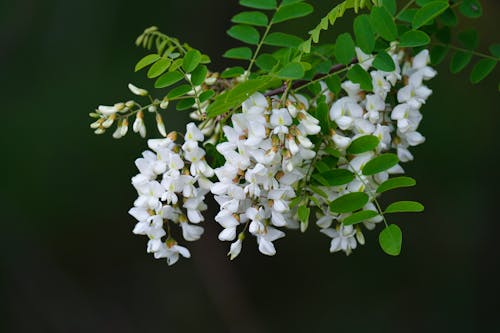
Black locusts are tough trees that thrive in poor soils and harsh environments. They’re often chosen for erosion control and fast growth. But they spread aggressively through both seeds and underground suckers. That network of roots and shoots can easily disrupt sidewalks and nearby structures.
Their invasive nature means they can quickly take over an area, crowding out other plants. The roots don’t just grow out—they also push upward, cracking pavement. Over time, they can weaken foundations with their relentless spread. Their resilience is impressive, but it comes at a steep cost.
11. Plane Trees
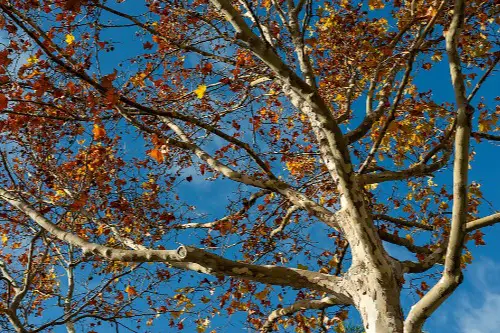
Plane trees, including the popular London plane, are classic urban trees. They’re striking, with patchy bark and expansive canopies. But their roots are notorious for disrupting sidewalks and streets. Because they grow so large, their roots expand aggressively in every direction.
Concrete and asphalt stand little chance against plane tree roots. Over time, their upward pressure leads to dangerous trip hazards. They can also interfere with underground pipes and utilities. Without constant management, they quickly outgrow their welcome in tight urban spaces.
12. Oak Trees
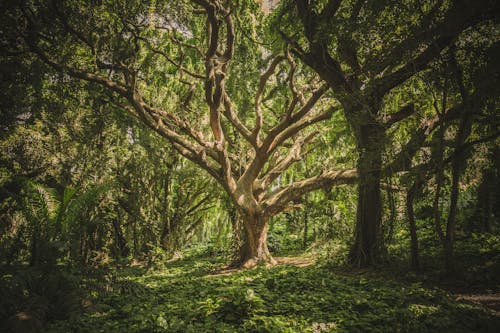
Oaks are iconic, long-lived trees with beautiful spreading branches. They’re prized for their strength and presence in landscapes. But some species, especially larger ones like the red oak, develop massive root systems. Those roots can extend well past the canopy, reaching under sidewalks and foundations.
The sheer size of oak roots makes them capable of lifting concrete over decades. They’re less aggressive than willows or poplars, but their persistence makes them just as destructive in the long run. As they mature, their expansive systems create costly conflicts with urban infrastructure. Ongoing pruning and distance from structures are the only way to avoid problems.
This post 12 Trees That Look Gorgeous but Destroy Sidewalks and Foundations was first published on Greenhouse Black.
